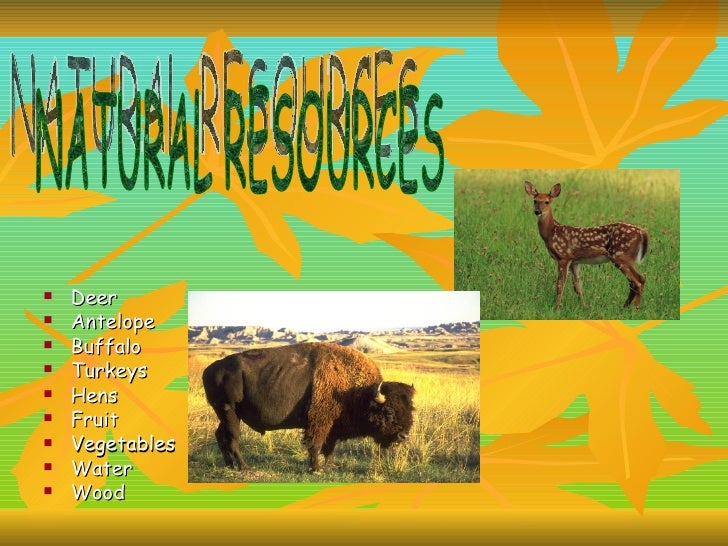

Sioux warriors and chiefs were well-known for their impressive Native American Indan headdresses, but they didn't wear them in everyday life. Both Sioux men and women wore their hair long, cutting it only when they were in mourning. There were many different traditional Sioux hairstyles, but long braids were the most common. Men often wrapped their braids in fur or tied quillwork strips around them. On special occasions, Sioux people painted their faces and arms with bright colors and animal designs. They used different patterns for war paint and festive decoration.
Today, some Sioux people still wear moccasins or a beaded vest, but they wear modern clothes like jeans instead of breechcloths... and they only wear feathers in their hair on special occasions like a dance.
| Calumet |

Parfleche Natural Resources
They were nomads, who migrated according to the season and the movement of the buffalo, their main food. The Sioux originally grew crops, but once they moved onto the plains, their primary food became the buffalo. They grew very few crops, and mostly traded weapons and meat with other tribes for corn.
Buffaloes were used as food, clothing, housing, and weapons. Though they mostly ate buffalo, the Sioux also hunted elk and deer. They would tan the hides of these animals and use them as clothing.
http://www.kidport.com/RefLib/UsaHistory/NativeAmericans/Sioux.htm
http://www.bigorrin.org/sioux_kids.htm |

nice..
ReplyDeletevisit also at Best Online Shopping Site In India